Friedrich PDH07K3SE Bruksanvisning
Friedrich
Luftkonditionering
PDH07K3SE
Läs gratis den bruksanvisning för Friedrich PDH07K3SE (40 sidor) i kategorin Luftkonditionering. Guiden har ansetts hjälpsam av 20 personer och har ett genomsnittsbetyg på 4.9 stjärnor baserat på 10.5 recensioner. Har du en fråga om Friedrich PDH07K3SE eller vill du ställa frågor till andra användare av produkten? Ställ en fråga
Sida 1/40

PTAC - PD Series (Electronic Controls)
Packaged Terminal Air Conditioners
Packaged Terminal Heat Pumps
PD-ServMan-E ( -10)2
S e r v i c e M a n u a l – R 4 1 0 A M o d e l s
Produktspecifikationer
| Varumärke: | Friedrich |
| Kategori: | Luftkonditionering |
| Modell: | PDH07K3SE |
Behöver du hjälp?
Om du behöver hjälp med Friedrich PDH07K3SE ställ en fråga nedan och andra användare kommer att svara dig
Luftkonditionering Friedrich Manualer

7 Januari 2025

30 December 2025

26 September 2024

26 September 2024

25 September 2024

21 September 2024

21 September 2024

21 September 2024

21 September 2024

21 September 2024
Luftkonditionering Manualer
- Avidsen
- BEKO
- Saivod
- Galanz
- Bimar
- Arctic King
- Infiniton
- Primo
- Tarrington House
- Zanker
- House & Luft
- Qlima - Zibro
- Ariston
- Rinnai
- Draper
Nyaste Luftkonditionering Manualer
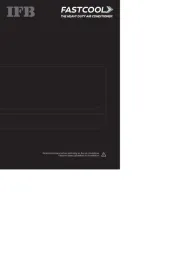
20 Oktober 2025
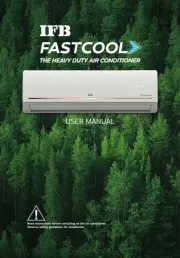
20 Oktober 2025
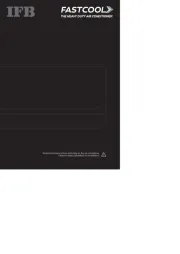
20 Oktober 2025
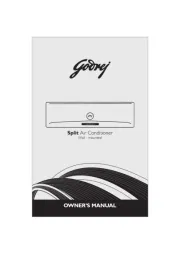
19 Oktober 2025
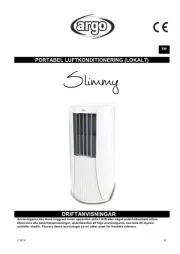
17 Oktober 2025
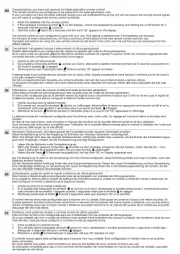
17 Oktober 2025
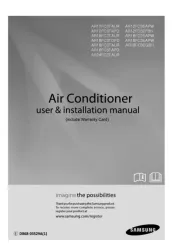
16 Oktober 2025
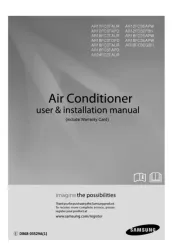
16 Oktober 2025
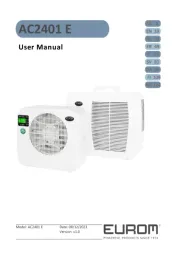
16 Oktober 2025
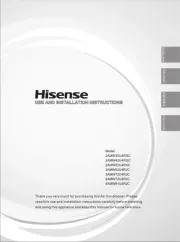
13 Oktober 2025